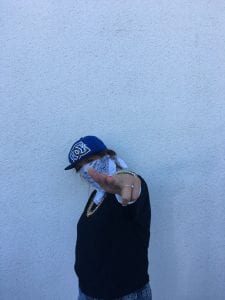There are certain things that need to be set in place before taking a picture in order for it to come out as a nice clear image. Some of these being;
- Shutterspeed – How fast/slow the shutter closes over the lens. A high shutter speed will give you a very clear image. – A low shutterspeed means a blurry image, it will let a lot more light into the picture.
- Aperture – How much light is coming through the lens, this will enable the image to be as light/dark as you want.
- ISO – Automatic, so you don’t have to manually focus the image.
Other aspects that you should consider when capturing a picture are:
Framing
How far away the camera is from the object being photographed eg.
- Long shot
- Extreme long shot
- Mid shot
- Close up
- Extreme close up
- Wide angle
- High angle
- Low angle
- Point of view angle
Movement
This is a few camera techniques that can be used to take a moving picture :
- Tilt
- Pan
- Dolly
- Zoom
- Crane
- Ped
- Tracking
- Hand held
- Steady cam
- Aerial
Keeping all these aspects of a picture in mind, we were put into pairs and sent off to do a photoshoot where every picture must tell a story. We attempted to use different lighting, angles and frames . Here are a selection of the images we took.
This picture I think is my favourite and turned out really well mainly because of the background being very dark and gloomy along with the mystery of the trapped hand and the padlock.
This picture however did not turn out so well as it was meant to look mysterious and as if they were trapped, but the lighting and angle didn’t compliment each other so I did not use this image in my top 9.









